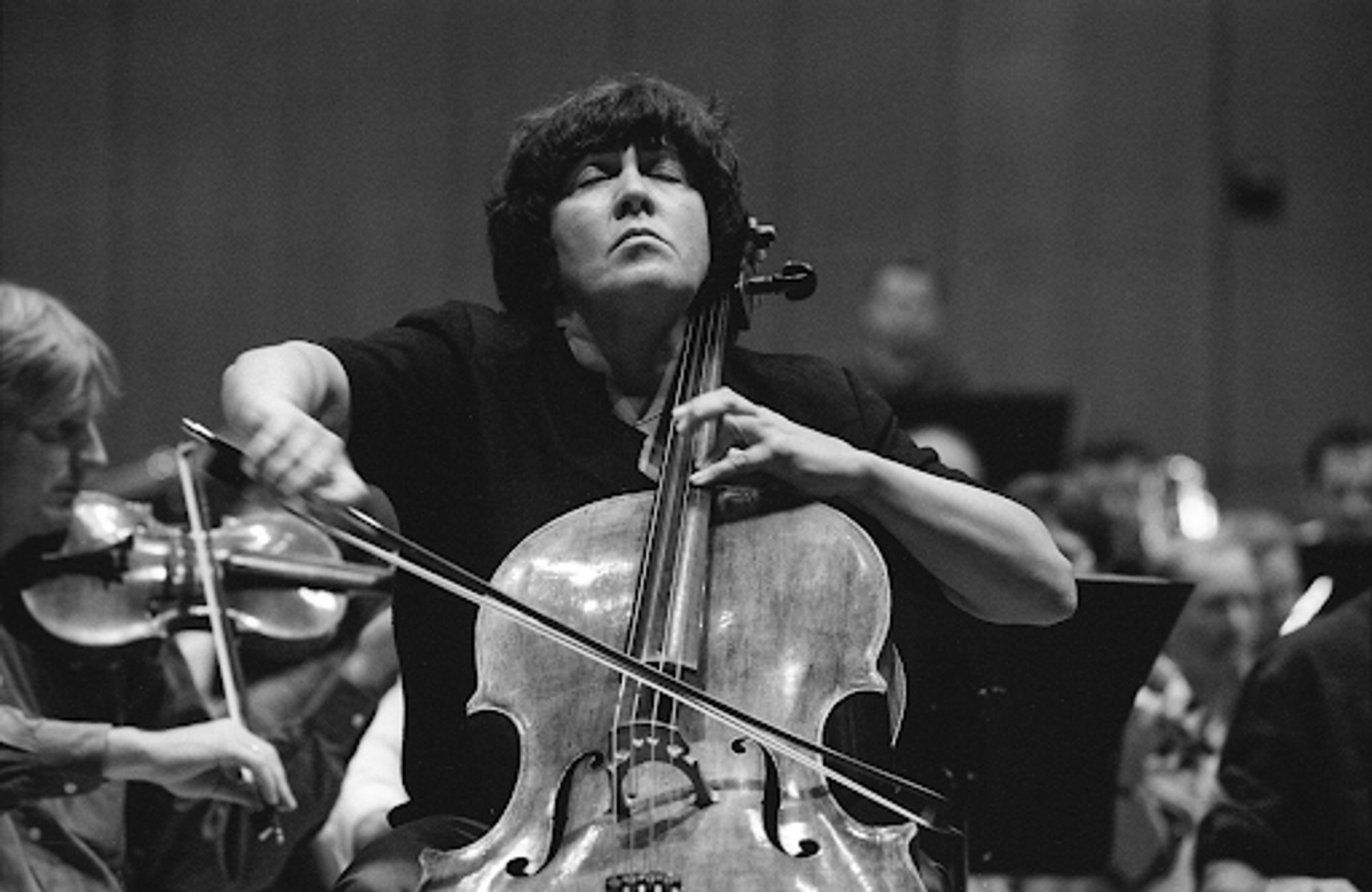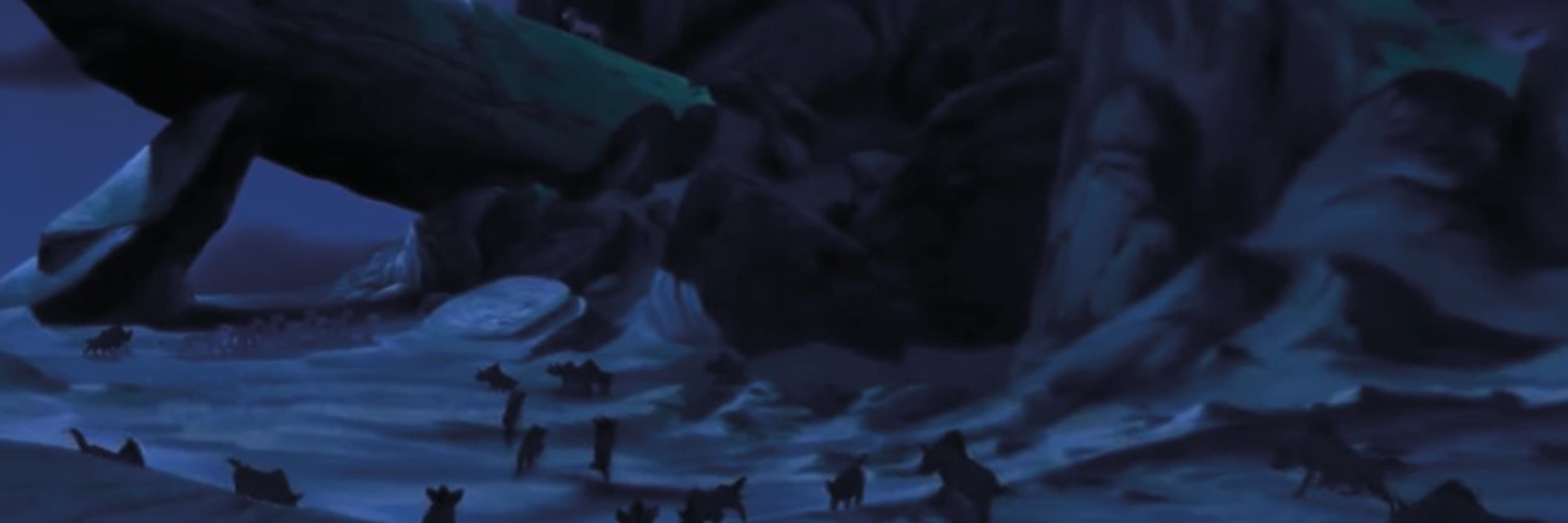
Google's new automatic podcast creator is _amazing_, and seems like an extremely useful tool for scientific writing: a way to simulate how readers will interpret your paper and whether the main points come across clearly.
How do beliefs about visibility influence perceptual decisions? What does this mean for our models of perceptual detection? Here @matanmazor.bsky.social provides a new model. Great work Matan and Rani 👇
11/11 These findings open up important questions about current models of perceptual detection, the functional significance of variation in meta-perceptual beliefs, and potential relevance to hallucinations and non-veridical perception. See paper for more! youtu.be/bM38zK82bH0
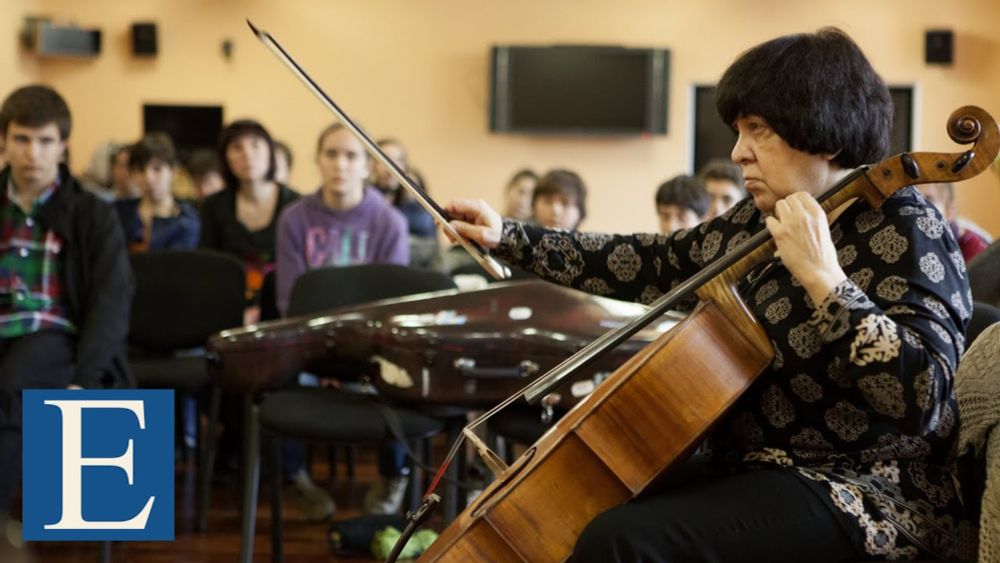
Masterclass with Professor Natalia Gutman in which they work on the first movement of Haydn's Cello concerto in D major. This masterclass took place at the Escuela Superior de Música Reina Sofía, Madrid 2014. Student: Laura Szabo Accompanying pianist: Miguel Ángel Ortega Chavaldas Venue: Escuela Superior de Música Reina Sofía, Madrid (Spain) 27/11/2014 F. J. Haydn: Cello concerto in D major H VIIb: 2 (cello and piano reduction) - I. Allegro moderato Abstract: Professor Gutman gives general indications and tips about performing, such as expression, support of the sound, tension-relaxation, double stops and legato, triplets and flexibility in the right hand. Referring to the cadenza it should be a clear contrast of colour among parts and it is necessary to give the whole length to the bow in long notes. Gutman also recommends to use more bow in passages with crescendo. *********** By donating to the School, you help support the free tuition of more than 150 young great talents from all around the world, while we bring Classical music closer to society. If you wish to give your support: https://escuelasuperiordemusicareinasofia.es/en/donations https://www.escuelasuperiordemusicare... https://www.instagram.com/escuelarein... https://www.facebook.com/escuelareina... https://twitter.com/EscuelaRSofia https://www.linkedin.com/school/escuelareinasofia/ *********** The Reina Sofía School of Music was created in 1991 as a social project to help both young people and musical culture. Since then, the School has worked to support highly talented young people in their personal and artistic development, and to bring the best music to all audiences. The School offers a comprehensive musical education with the best international faculty and an intense and demanding artistic life, along with an open-audition admission policy, based exclusively on talent.
10/11 subject-level model-fitting revealed a beautiful dissociation: while occlusion effects on accuracy and reaction times in target-present trials were a function of visibility, the same effects in target-absent trials were driven by beliefs about visibility.

9/11 (to show that this was true variation and not just noise we used the sign-consistency R package that superstar Itay Yaron developed, together with @liadmudrik.bsky.social@nfaivre.bsky.socialgithub.com/mufcItay/sig...osf.io/preprints/psyarxiv/ebg8w
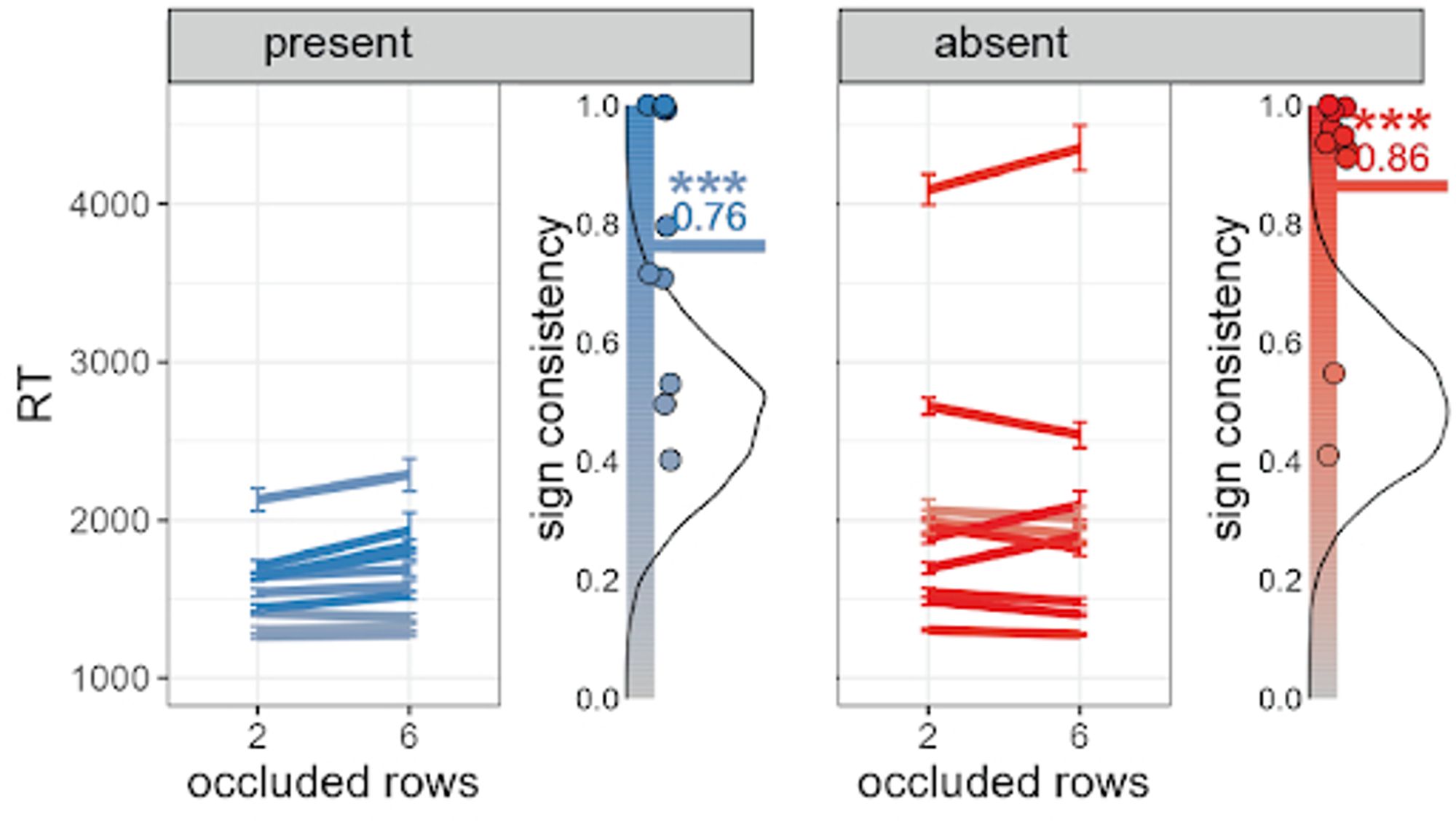
8/11 We find that overall people incorporate beliefs about visibility into perceptual decisions, but also that this is subject to significant population variability, one that produces systematically opposite behavioural patterns in different people.
7/11 so if decisions in target-absent trials are sensitive to occlusion, this is due to something other than visibility itself. According to our model, this something is beliefs about visibility.

6/11 To isolate the role of beliefs about visibility, we occluded parts of the display in a detection task. Our idea was the following: occlusion affects the visibility of present stimuli, but it can’t affect the visibility of absent stimuli.

5/11 We provide a Bayesian POMDP model that formalizes this idea, and show that our model captures key behavioural signatures of decisions about absence, assuming perfectly rational, unbiased behaviour.
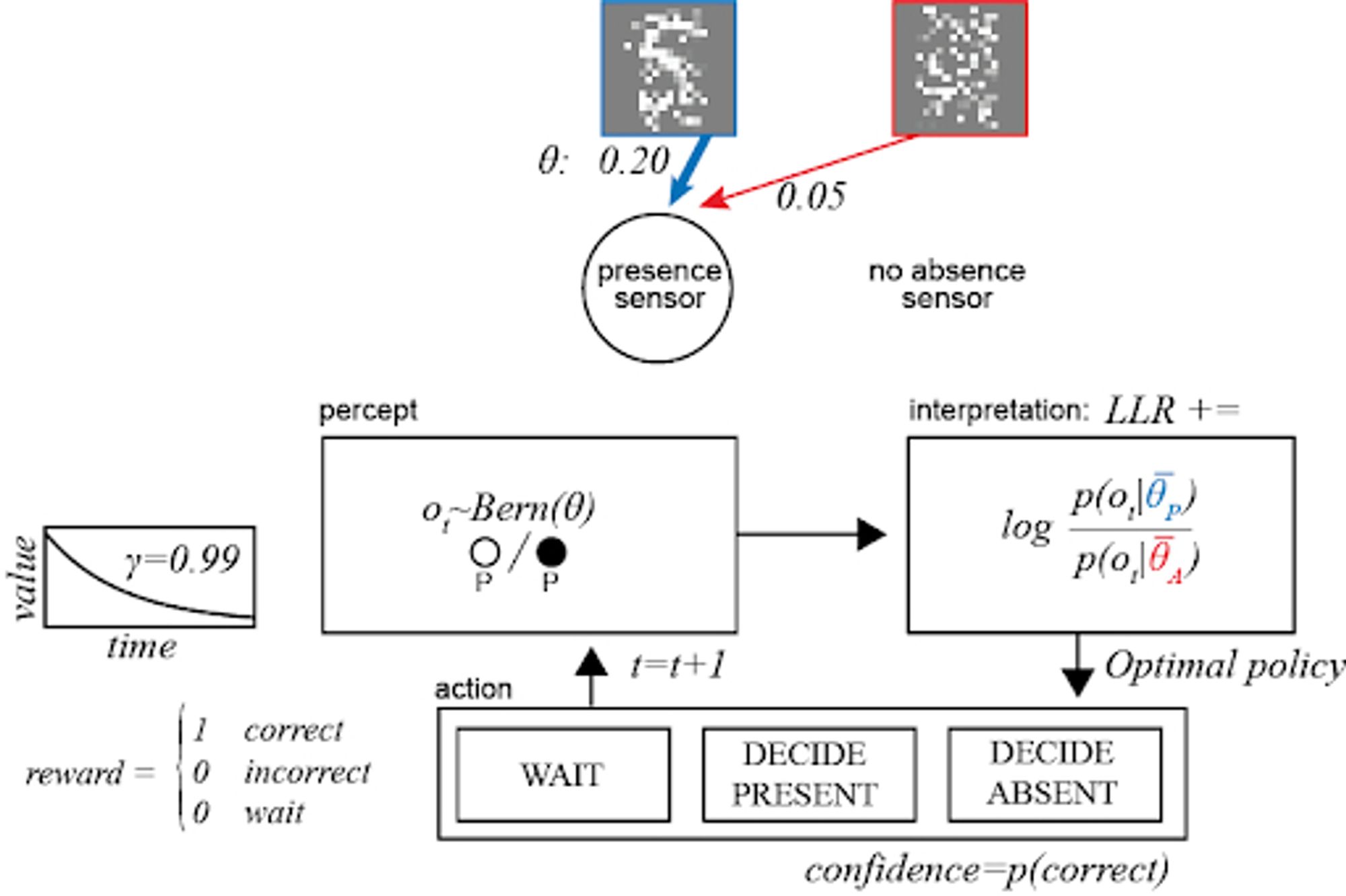
4/11 a) the absence of a stimulus, or b) a failure to see a stimulus that is actually there. To decide which one it is, we need to answer the question “how likely was I to see a stimulus if one was present?”

